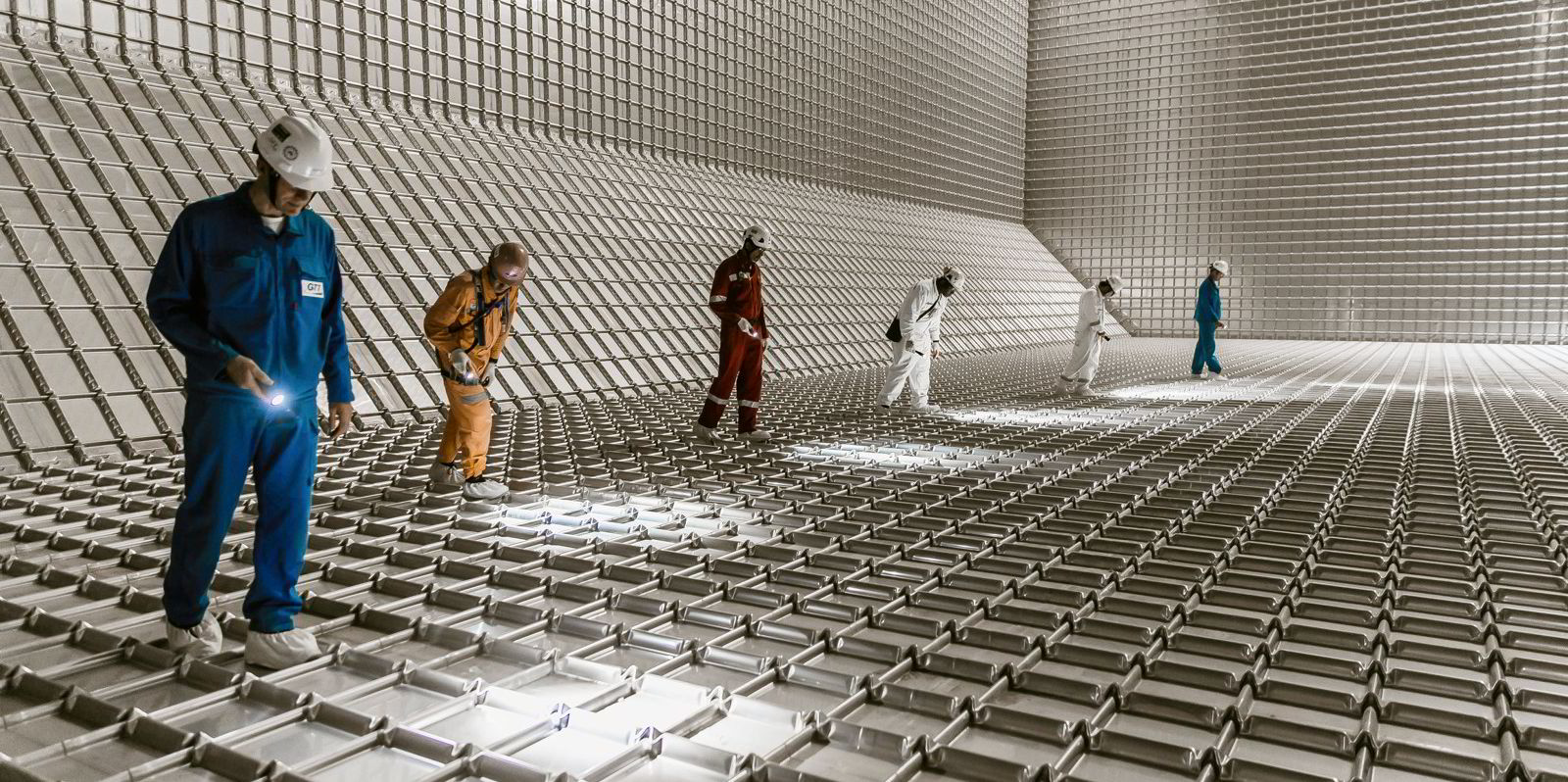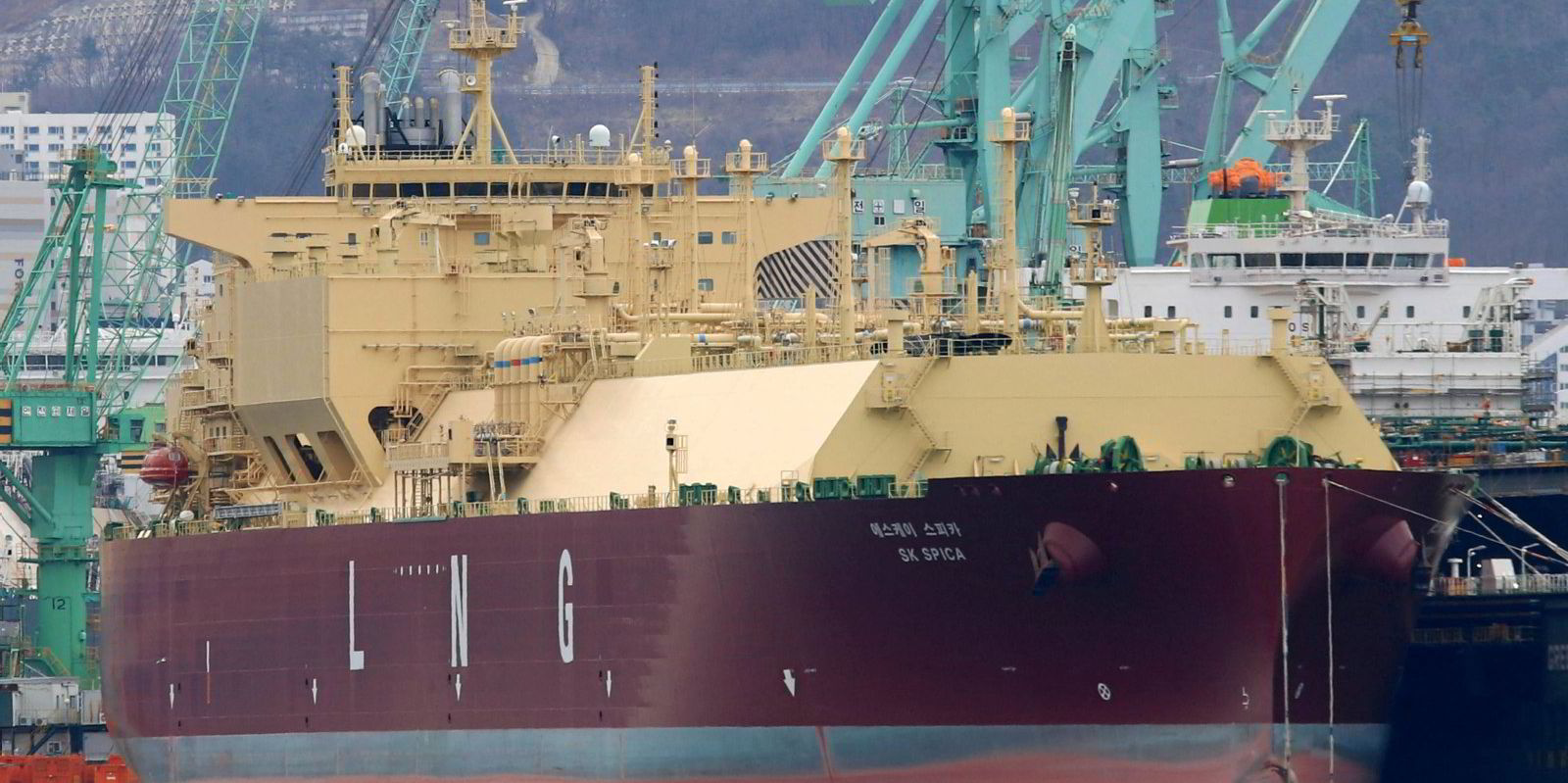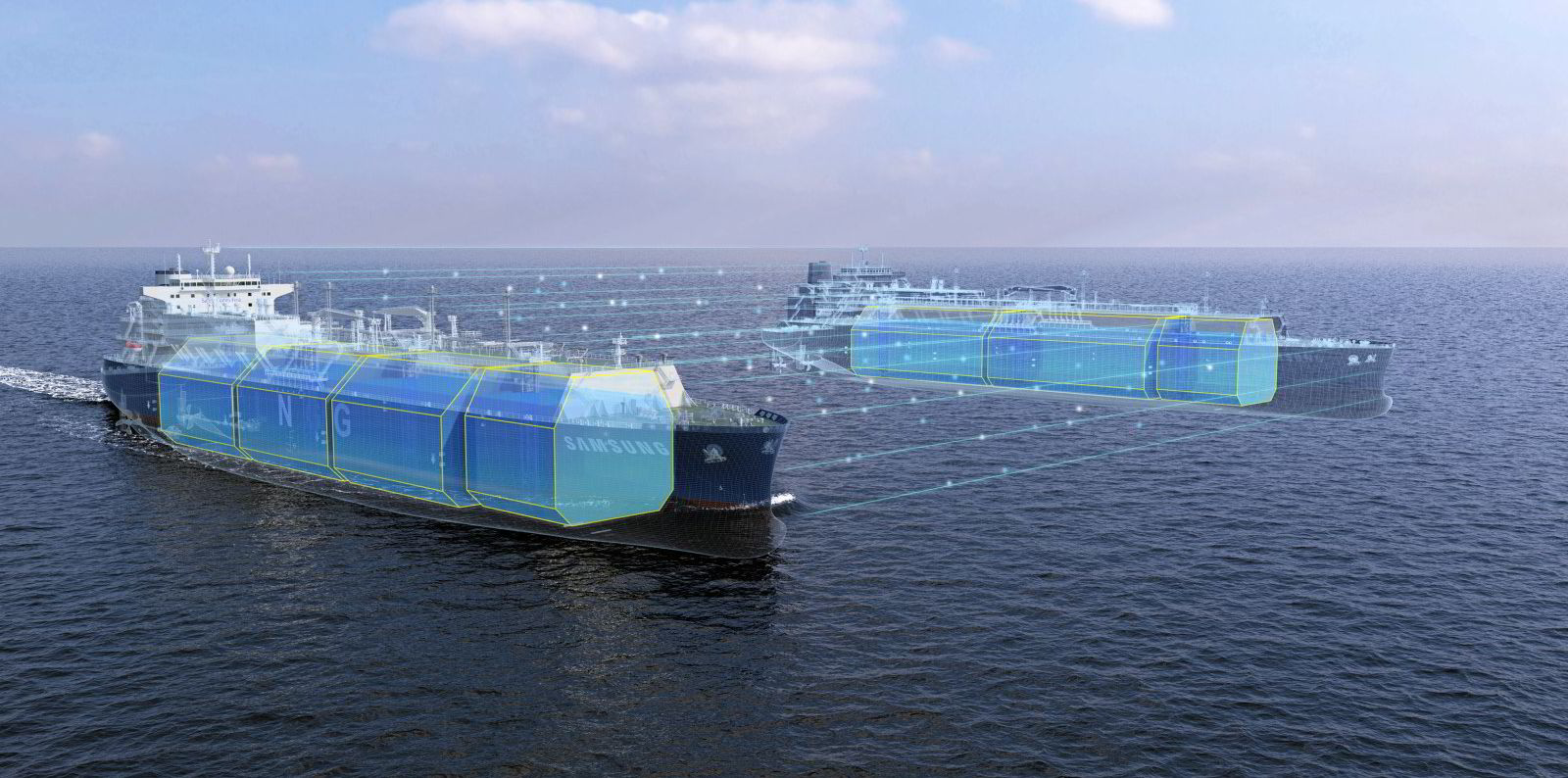The LNG shipbuilding market is suffering from shipyard capacity constraints and very limited flexibility when it comes to technical solutions for the cargo containment system.
Current market prices for 175,000-cbm LNG carriers are more than $260m, and the lead time seems to be in the range of four years or more.
Over the years, a few alternative cargo containment systems have been launched, but market penetration and commercial success have proven difficult so far.
A recent roundtable discussion at a London conference concluded that alternatives, such as the International Maritime Organization-specified type-A systems, are new in the large-scale LNG carrier segment and that the industry relies on a “big player to bite the bullet”, order a vessel and open up the market.
Large owners or investors have bigger fleets to “play with” and can accept the risk should there be technical issues with such a new system for some reason.
There is an unfortunate perception that new systems tend to fail — brought on by the experiences with building vessels fitted with KC-1 and CS1 designs — but with more technical knowledge and understanding of the “new” systems, the industry may be willing to see beyond this.
IMO independent tank type A has been used on fully refrigerated LPG carriers for several decades with an exemplary safety record.
One such “new” system in the large-scale segment has already been fitted in a 45,000-cbm trading LNG carrier. With learnings from this prototype, the system has been scaled up for a 175,000-cbm LNG carrier design and given approval in principle by class. An independent technical assessment programme has also confirmed that the new design meets the requirements expected of a large-scale LNG carrier.

Even though a membrane cargo containment system is a known and “standardised system”, repair issues are prevalent throughout the fleet of membrane LNG carriers, with the risk of offhire for repairs and subsequent cost being a concern in the sector.
A recent article in TradeWinds entitled Debate rages over repairs to fix membrane cargo containment systems describes ongoing talks between shipowners, class and designer GTT about whether certain repairs need to be made to the systems or should regulations be changed so that some of these do not need to be carried out.
... How many and which shipyards are qualified and have sufficient expertise to handle repairs of membrane-type LNG carriers?
Considering the rapid growth of the global LNG fleet, how many and which shipyards are qualified and have sufficient expertise to handle repairs of membrane-type LNG carriers? Could the industry end up with a dry-docking and repair yard bottleneck?
At the same time, a new system would require many parties to familiarise themselves with it during its introduction.
One single cargo traded could involve due diligence and vetting of a vessel by up to 10 to 15 parties. It would take time to bring a greater part of the industry to a point where a new system would become recognised as “standard”.
To speed up this familiarisation process, it could be useful to ask an industry body such as the Society of International Gas Tanker and Terminal Operators or a class society to organise an industry-wide effort that could objectively review the “new” systems available that would allow a larger number of players to increase their knowledge of the systems and set the terms for a due diligence process that could be carried out within a shorter time frame.
This could be of benefit to the whole LNG industry.
Oystein Bruno Larsen is vice president of
business development at LNT Marine.
Do you have an opinion to share?
Email: news@tradewindsnews.com





